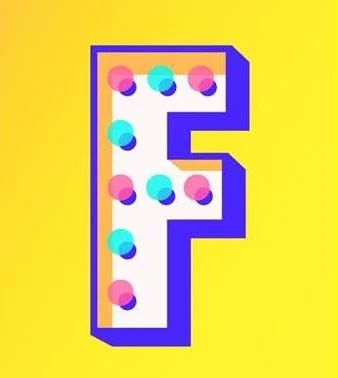‘THE JACKAL’ CHAMPIONS NEW MURAL ILLUSTRATING EVERYTHING THAT’S ‘PURE HERE’ ABOUT BELFAST
HARP commissions local graffiti artist to create street art celebrating the people, sights and humour unique to the city.
Carl ‘The Jackal’ Frampton was back in Belfast this week to unveil a brand new work of art on Hill Street in the city’s bustling Cathedral Quarter. Created by Dean Kane from Visual Waste - AKA ‘The Banksy of Belfast’, as part of HARP’s ‘Pure Here’ campaign, the mural showcases some of the best-loved bits of Belfast including The Balls on the Falls, Titanic Building, The Big Fish, The Albert Clock, the H&W cranes, and some of the city’s legendary characters and local celebrities.
With the mural featuring a nod to The Jackal’s impact on Belfast, the man himself was only too happy to get behind the campaign. Carl said: “Everybody knows I love Belfast so to be involved with something that’s really positive in the heart of the town, it was a no-brainer for me. HARP’s ‘Pure Here’ is a lot of fun, a really upbeat campaign that’s celebrating lots of great things that are unique to Northern Ireland.”
The Cathedral Quarter mural is the first of its kind by HARP and Brand Manager Jeanette Levis said: “HARP is one of NI’s most-loved lagers and this is our way of celebrating all that is magical about Belfast – the unique sense of humour and the quirks that make it so special.”
The mural was created by Dean Kane from Visual Waste. He said: “Belfast has been famous for murals for a long time. This one is a bit different because it’s very tongue in cheek. I hope it cheers people up when they’re dandering along Hill Street and take a look up at it.”
The ongoing ‘Pure Here’ campaign will see HARP continuing to work with local talent and consumers to champion the best bits of Northern Ireland.


